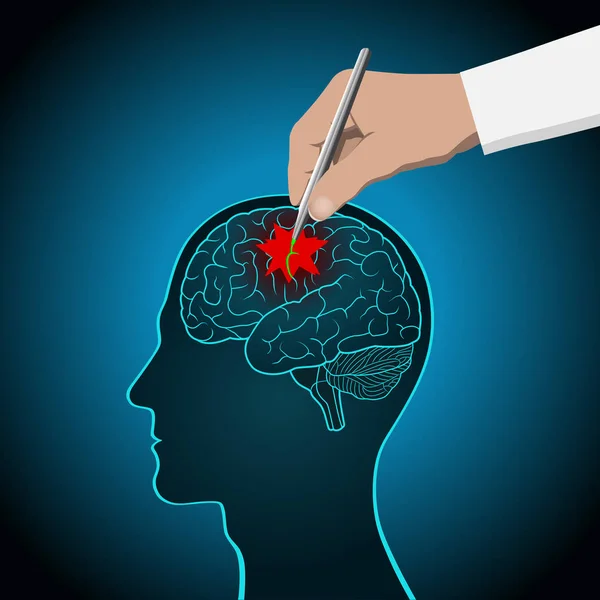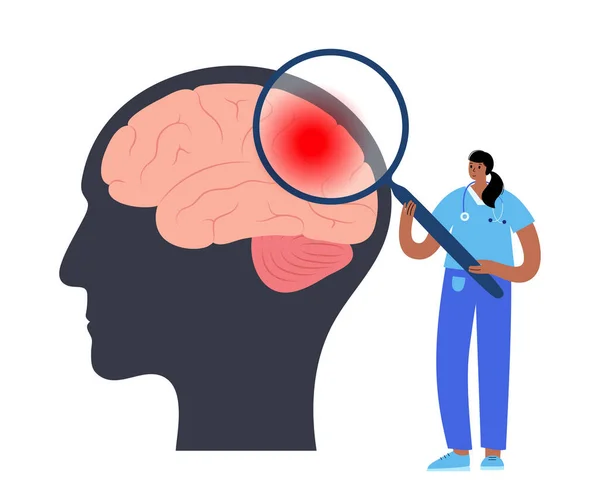Amyloid deposits linked to brain bleeds in older adults – Recent research has uncovered a potential culprit behind a common type of brain bleed in older adults called subdural hemorrhage (SDH). The landmark study led by researchers at Weill Cornell Medicine, NewYork-Presbyterian, and Yale School of Medicine suggest that amyloid deposits, sticky protein buildups in blood vessel walls, might play a significant role in triggering these bleeds.
A potential link between SDH and the insidious buildup of amyloid deposits in blood vessels, a condition called cerebral amyloid angiopathy (CAA).
Prior to this study, CAA, often associated with Alzheimer’s disease, was primarily linked to different types of brain bleeds. SDH, on the other hand, was attributed mainly to age-related factors like brain shrinkage. However, this new research, published in JAMA Neurology, paints a different picture. By analyzing data from two massive population-based studies encompassing over 600,000 participants in the UK and US, the researchers unearthed a striking connection.
Individuals with CAA were found to be at a significantly higher risk of developing SDH – between 5 and 7 times more likely compared to those without CAA. This finding sheds light on a potential underlying cause for a previously enigmatic condition, potentially paving the way for a paradigm shift in clinical approach.
“At present, clinicians generally don’t consider isolated subdural hemorrhages as part of the spectrum of cerebral amyloid angiopathy,” explains Dr. Santosh Murthy, co-senior author of the study and an associate professor of neurology at Weill Cornell Medicine. “So, if this link is established, then clinicians will start to screen and evaluate subdural hemorrhage patients for underlying CAA, which could lead to better care and better outcomes.“
The implications of this discovery are far-reaching. Identifying CAA in SDH patients could unlock new avenues for treatment. Anti-amyloid therapies, recently approved for Alzheimer’s disease, might hold promise for managing CAA and potentially preventing future bleeding episodes. Early screening and intervention could significantly improve the prognosis for patients facing this potentially debilitating condition.
While this study establishes a strong association between CAA and SDH, it doesn’t definitively prove causation. Further research is crucial to solidify the link and explore potential treatment options. Planned prospective studies utilizing PET scans will delve deeper into the presence of CAA in isolated SDH cases, aiming to confirm the causal relationship and inform future therapeutic strategies.

Key Points:
- Subdural hemorrhage, a type of bleeding between the brain and its outer membrane, is significantly more likely in individuals with cerebral amyloid angiopathy (CAA), a condition characterized by amyloid deposits in blood vessel walls.
- The study, published in JAMA Neurology, analyzed data from over 600,000 participants in the UK and US, finding that those with CAA were 5-7 times more likely to experience subdural hemorrhage.
- This finding suggests a potential shift in how clinicians approach subdural hemorrhage, potentially leading to screening for underlying CAA and improving patient outcomes.
- While the study doesn’t prove causation, it encourages further research into the connection between CAA and subdural hemorrhage. Future studies could involve using PET scans to detect amyloid in patients with isolated subdural hemorrhage.
- Currently, no specific treatments exist for CAA, but anti-amyloid therapies developed for Alzheimer’s disease could potentially be tested in CAA patients in the future. Early identification of CAA through screening could enable patients to benefit from such treatments when available.
What does this mean for older adults?
While this study is a significant step forward, it’s important to remember that more research is needed to confirm the definitive cause of SDH and develop effective treatments. If you’re an older adult concerned about brain health, it’s always best to consult with your doctor for personalized advice and guidance.
Here are some additional tips for maintaining good brain health as you age:
- Maintain a healthy lifestyle: Eat a balanced diet, exercise regularly, and get enough sleep.
- Manage chronic conditions: Keep blood pressure, cholesterol, and diabetes under control.
- Stay mentally active: Challenge your brain with puzzles, games, and new learning experiences.
- Socialize regularly: Strong social connections are important for brain health.
By taking care of your overall health and well-being, you can reduce your risk of developing age-related brain conditions like SDH.
In conclusion, this groundbreaking study has shed light on a long-standing puzzle, offering a crucial piece in the intricate puzzle of brain health in older adults. The connection between CAA and SDH holds significant promise for improved diagnosis, management, and potentially, prevention of this devastating brain injury. As research progresses, we stand on the cusp of a new chapter in understanding and combating this prevalent threat to the well-being of our aging population. Study source
ALSO READ: Statins May Slow Alzheimer’s Progression, Study Finds

